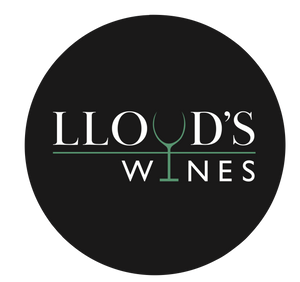The Remarkable Renaissance Of The Austrian Wine Industry
Jan 09, 2024
Austrian wines have enjoyed a resurgence in popularity over the past few years, with sales hitting record levels. This is no surprise, as the country has a long history of producing excellent wines. After grinding to a standstill in the 1980s, the industry has undergone a remarkable resurrection and the wines hold their own in the global market.
Here’s a look at the history of wine making in Austria.
The Cisterian monks who lived in Austria in the 11th and 12th centuries are credited with first establishing the wine making culture in the country. They left a legacy of high quality vineyards that flourished up until the late 20th century, when the industry was hit by the 1985 wine scandal.
This was led by the discovery of small amounts of the chemical diethylene glycol that was found in some Austrian wines, and virtually ground sales to a standstill. However, in response, far stricter quality control measures were introduced, and as a result the country’s wines are now regarded as some of the finest in the world.
Niederösterreich district
The Niederösterreich district to the north east is Austria’s largest wine producing region. It comprises eight individual regions with over 8,000 wine producers. The temperate climate with gently rolling hills and mineral rich soils produces long growing seasons for a variety of grapes.
The most famous and widely grown variety is the white Grüner Veltliner, although the region also produces Riesling and Müller-Thurgau. Red varieties include Zweigelt, St. Laurent, Blauburger, and Blauer Portugieser.
Wein (Vienna)
Vienna has its own distinct vineyard culture with 155 wineries, which produce mainly white grapes that are used to make the region’s trademark Wiener Gemischter Satz. This is a special blend of three varieties of white grape, which often include Grüner Veltliner, Riesling, and Chardonnay. The wine is a legally protected product of Vienna.
The climate of the region is ideal for producing fresh and crisp white wine. There are certain microclimates with warmer conditions and rich mineral soils that produce excellent full bodied red wines.
Burgenland
To the eastern edge of the country is Buegenland, which contains five recognised wine producing regions. The area has a warm sunny climate with an undulating topography and loamy soils. It is best known for its red grape varieties, including Blackfrankisch, St Laurent, Zweigelt, and Merlot.
These produce bold, intense and fruity red wines of the highest quality, with signature spicy overtones. The warm weather and long hours of sunshine also produces sweet and quick-ripening grapes, which are used to make sweet dessert wines.
Steiermark
Steiermark is the most southerly wine producing region in Austria, and is relatively small in comparison to the others. It has a hilly landscape with a warm Mediterranean climate and sandstone soils. It is best known for producing popular white grape varieties, including Welschriesling, Sauvignon Blanc, and Pinot Blanc.
The region also has a signature rosé wine Stilcher, which is known for its crisp berry flavours.


